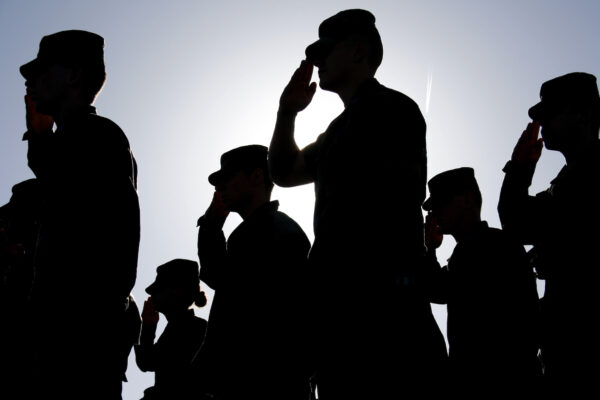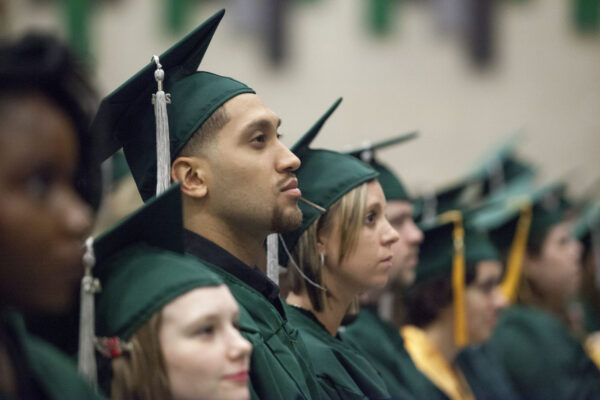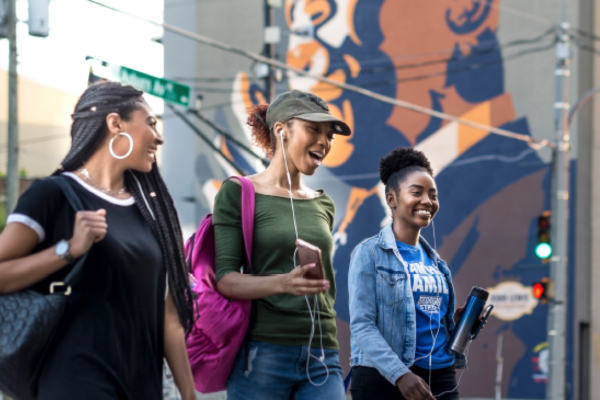Breaking Down the Barriers to Financial Aid and College Access for Homeless and Foster Youth
Title: “Working Harder Just to Be Seen and Heard”: Barriers to Financial Aid for Homeless and Foster Youth
Source: SchoolHouse Connection
Many foster and homeless youth aspire to a college education but encounter numerous barriers in the process, according to a new report from SchoolHouse Connection.
One of the biggest challenges they encounter while applying for college admissions and financial aid support is the inability to obtain information about parental income. Many federal education policies categorize these students as independent by the age of 13 and older. However, both groups have differing requirements regarding the determination of their independent status. Unaccompanied homeless youth are required to have their status redetermined each year by designated officials, while foster youth are not.
The report found that while barriers already existed for students, the pandemic exacerbated issues for foster and homeless youth’s prospects for college attendance. Their limited access to information could be a result of reduced capacity of programs and services, school closures, virtual learning, no internet access, or no private spaces for meetings.
The following statistics from the 2020-21 academic year were shared in the findings:
- While overall FAFSA applications declined by 1 percent, FAFSA determination status for homeless youth declined by 10 percent from the prior year
- There was a 23 percent increase in the number of homeless youth who requested FAFSA determinations but did not receive them
- Applicants who were determined as independent, because their parents were deceased or they were ward of the state or in foster care, decreased by 7 percent from the prior year
Recommendations to improve services and support for foster and homeless youth include:
- The Department of Education should quickly implement provisions for foster and homeless youth in the FAFSA Simplification Act.
- Congress should enact the Higher Education for Homeless and Foster Youth Act (HEASHFY) and the Fostering Success in Higher Education Act (FSHE). HEASHFY calls for requiring institutions to post information on the processes of getting FAFSA determination and require liaisons and designees to connect youth to financial aid opportunities. FSHE calls for appropriating funds to support and assist foster and homeless youth in transition to postsecondary education
- States should adopt policies to ensure FAFSA completion and increase the number of higher education foster and homeless youth liaisons and designees who help students navigate the financial aid process, such as staff from TRIO-funded programs or financial aid administrators
- Youth should be informed of their status for financial aid and be assisted by their network (e.g., state and local education agencies, community service providers, child welfare agencies, etc.) to obtain documentation
To read the full report, click here.
—Tabatha Cruz
If you have any questions or comments about this blog post, please contact us.


